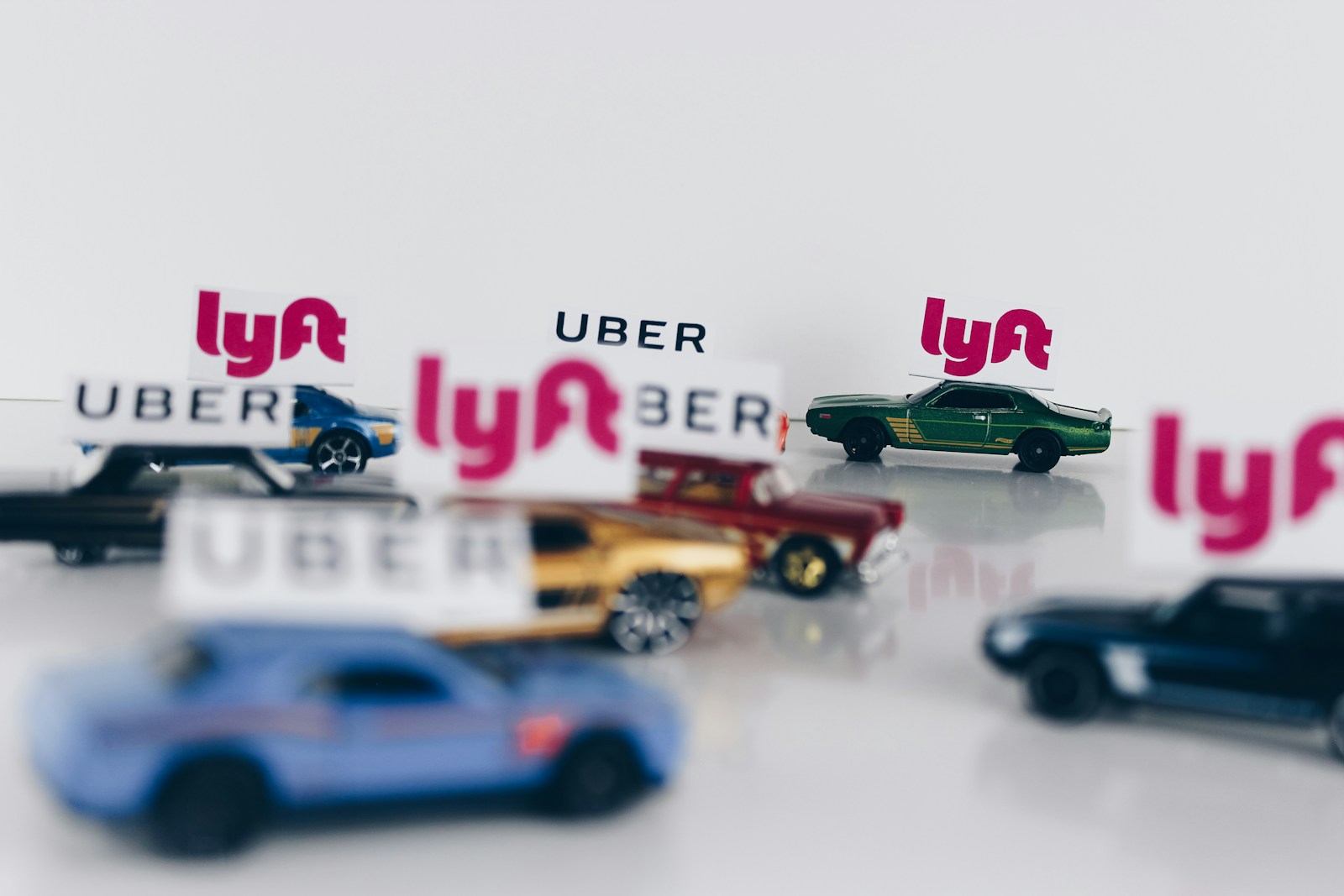
Rideshare Chronicles
Ridesharing has become a common way for people to travel from one place to another, but it offers more than just transportation. For some, these journeys become an opportunity to open up and share their stories. This platform captures those moments—the honest, heartfelt, and sometimes unexpected conversations that unfold in the backseat.
Here at Rideshare Chronicles, you’ll find stories that reflect the human spirit—tales of joy, struggle, dreams, and connection. Certain names and locations have been altered to respect the privacy of those involved, ensuring anonymity while preserving the essence of each narrative.
Through these accounts, you’ll gain unique insights into the lives of strangers brought together briefly and serendipitously. Join me as I recount these remarkable moments and explore the rich tapestry of experiences shared within the intimate space of a rideshare.

Visit My Blog
The RideShare Chronicles
Top 5 Rideshare FAQ’s
To stay safe, confirm the driver’s name, photo, vehicle make, model, and license plate in the app before entering the car. Never share your personal information with the driver. Use the app’s safety features like trip sharing, which lets friends or family track your journey in real time. If something feels off, trust your instincts and cancel the ride. Sit in the back seat to maintain personal space and access both exits. Many rideshare apps also have emergency buttons to contact local authorities in case of danger.
Pricing typically includes a base fare (flat starting fee) plus additional charges based on time and distance traveled. During peak hours or when demand increases, surge pricing or dynamic pricing may apply, significantly raising fares. Some apps offer estimated fares upfront, so you know what to expect before confirming the ride. Fares may also vary based on vehicle type (e.g., economy, premium) or additional services like carpooling.
Most rideshare platforms provide a “Lost Item” feature to help you retrieve items. Typically, you’ll be asked to describe the lost item and confirm trip details (date, time, and driver). You may also be charged a small fee for the driver’s effort to return the item. If you can’t reach the driver, contact customer support for assistance. Note that it’s always best to check the car before exiting to reduce the risk of leaving belongings behind.
While rideshare services thrive in urban areas, availability in rural or remote regions can be limited due to fewer drivers on the road. Some smaller towns might have local rideshare alternatives or community-based transportation services. Before heading to a remote area, check the app for coverage or pre-schedule a ride if the app offers that option. Always have a backup plan, such as a local cab service or a friend who can pick you up.
After your trip ends, the app prompts you to leave a rating (usually 1-5 stars) and feedback about the driver to help improve service quality. If the ride met or exceeded your expectations, tipping is recommended. Most apps allow tipping directly through their platform using a secure payment method. You can also tip in cash if preferred. Giving specific feedback alongside your rating (e.g., clean car, friendly driver, good music taste) can help both drivers and rideshare companies deliver better experiences.






